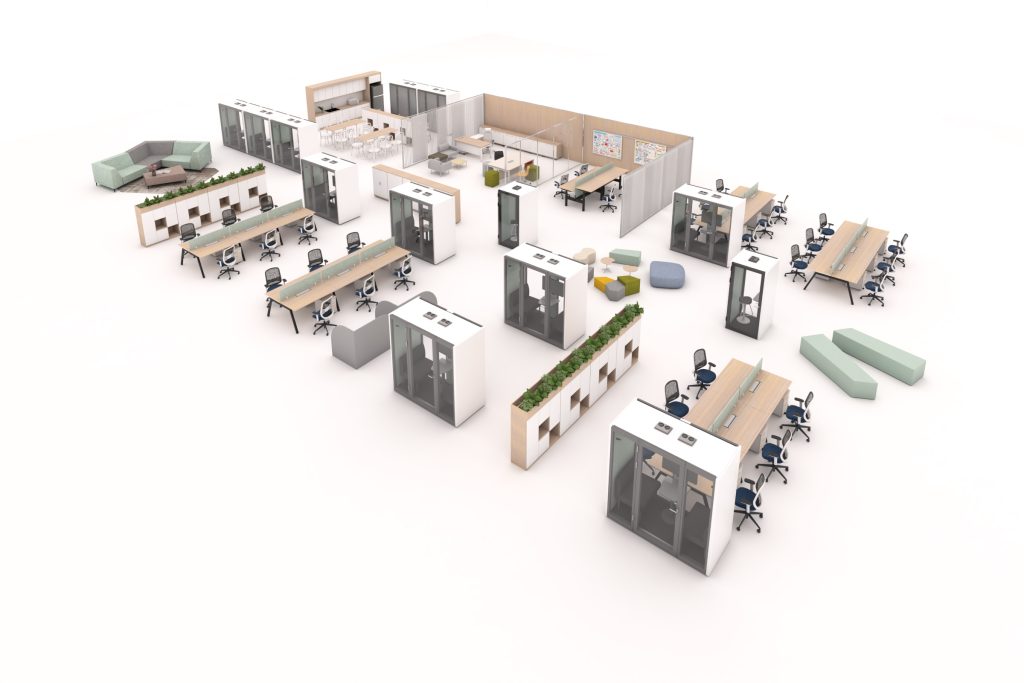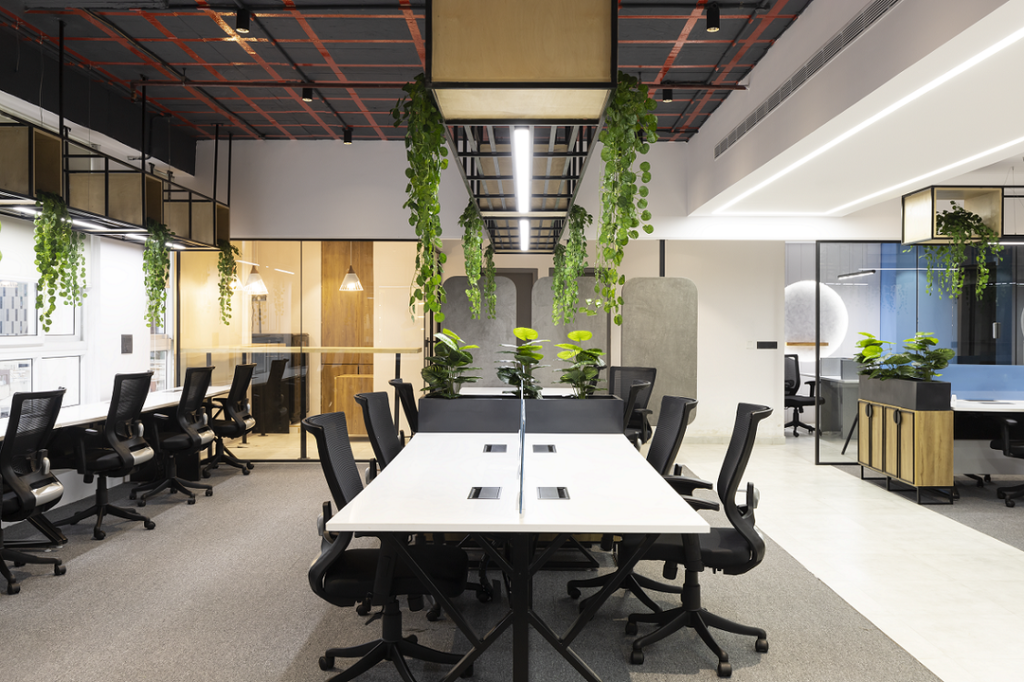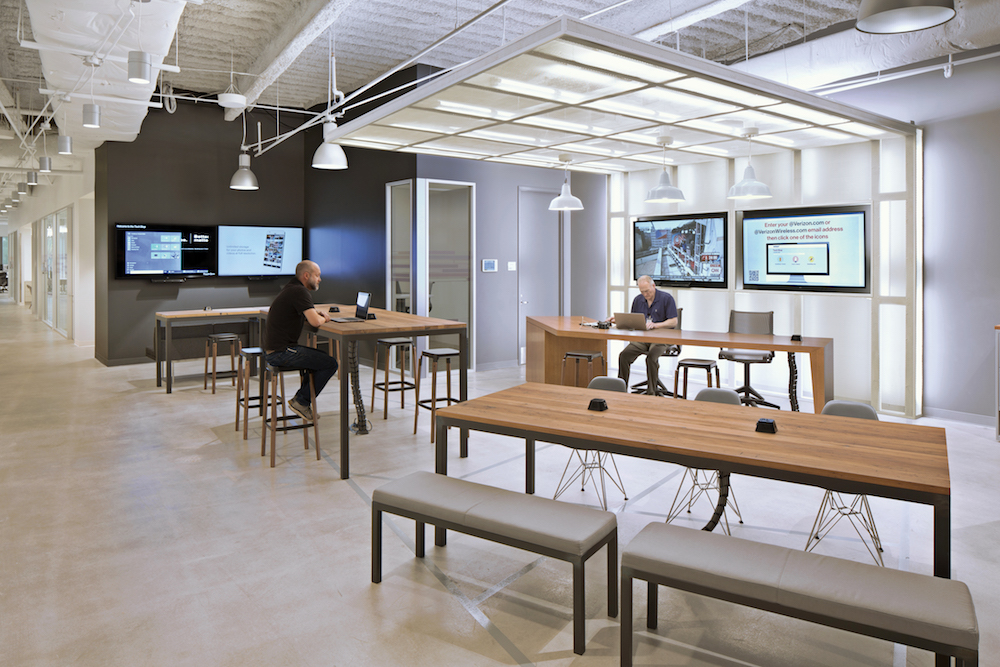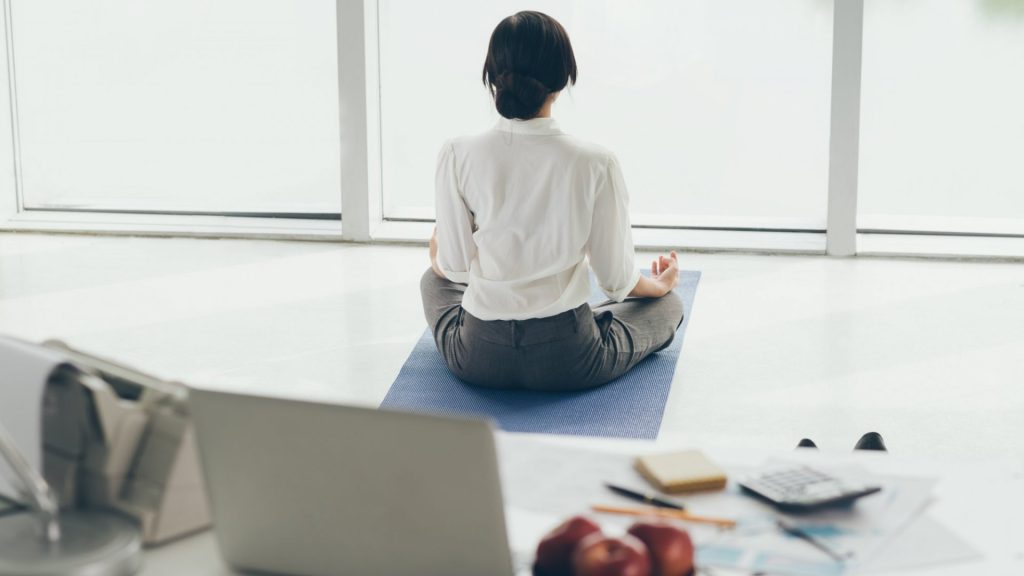In the fast-evolving landscape of the modern workplace, traditional office design is giving way to innovative approaches that prioritize employee well-being, collaboration, and productivity. As organizations recognize the profound impact of office design on their culture and bottom line, they are embracing future-forward strategies that transcend conventional boundaries. In this article, we explore how future office design goes beyond walls to shape culture, boost productivity, and enhance well-being in the workplace.
Flexible Workspaces

In today’s dynamic work environment, rigid cubicles and fixed desks are becoming a thing of the past. Flexible workspaces offer employees the freedom to choose how and where they work, fostering collaboration, creativity, and adaptability. By breaking down physical barriers and encouraging movement, flexible workspaces promote a culture of openness and innovation. Companies like Google and Airbnb are leading the way with open-plan offices and modular furniture that support diverse work styles and team collaboration.
Biophilic Design

Biophilic design integrates elements of nature into the built environment, creating spaces that evoke a sense of tranquility and connection to the outdoors. Research shows that exposure to natural elements like plants, sunlight, and water can reduce stress, boost creativity, and improve overall well-being. Incorporating biophilic design principles, such as living walls, green roofs, and outdoor work areas, can enhance employee satisfaction and productivity. Companies like Amazon and Microsoft are embracing biophilic design in their office spaces to create healthier and more inspiring work environments.
Technology Integration

As technology continues to advance, it plays an increasingly integral role in shaping future office design. Smart technology solutions, such as IoT sensors, AI-driven analytics, and virtual collaboration tools, are transforming the way we work and interact with our environment. By integrating technology seamlessly into office design, companies can streamline workflows, enhance communication, and improve employee efficiency. Examples include smart lighting systems that adjust based on occupancy levels and virtual reality meeting rooms that facilitate remote collaboration.
Wellness Initiatives

Employee well-being is a top priority for forward-thinking organizations, and office design plays a crucial role in supporting a healthy lifestyle. Wellness initiatives, such as ergonomic furniture, fitness facilities, and meditation rooms, promote physical and mental well-being in the workplace. By providing employees with access to wellness resources and creating a supportive environment, companies can reduce absenteeism, increase productivity, and attract top talent. Companies like Apple and Nike are investing in wellness-focused office design to prioritize employee health and happiness.
Sustainability Practices

Sustainability is no longer just a buzzword – it’s a fundamental aspect of future office design. Sustainable practices, such as energy-efficient buildings, recycled materials, and waste reduction strategies, minimize environmental impact while promoting corporate social responsibility. By adopting sustainable design principles, companies can lower operating costs, enhance brand reputation, and contribute to a greener future. Examples include LEED-certified buildings, rooftop solar panels, and green commuting incentives.
Conclusion
As we look to the future of work, it’s clear that office design will play a pivotal role in shaping the employee experience and driving organizational success. By embracing flexible workspaces, biophilic design, technology integration, wellness initiatives, and sustainability practices, companies can create environments that foster collaboration, inspire creativity, and promote well-being. As we break down traditional barriers and reimagine the workplace of tomorrow, the possibilities for innovation and growth are endless.
